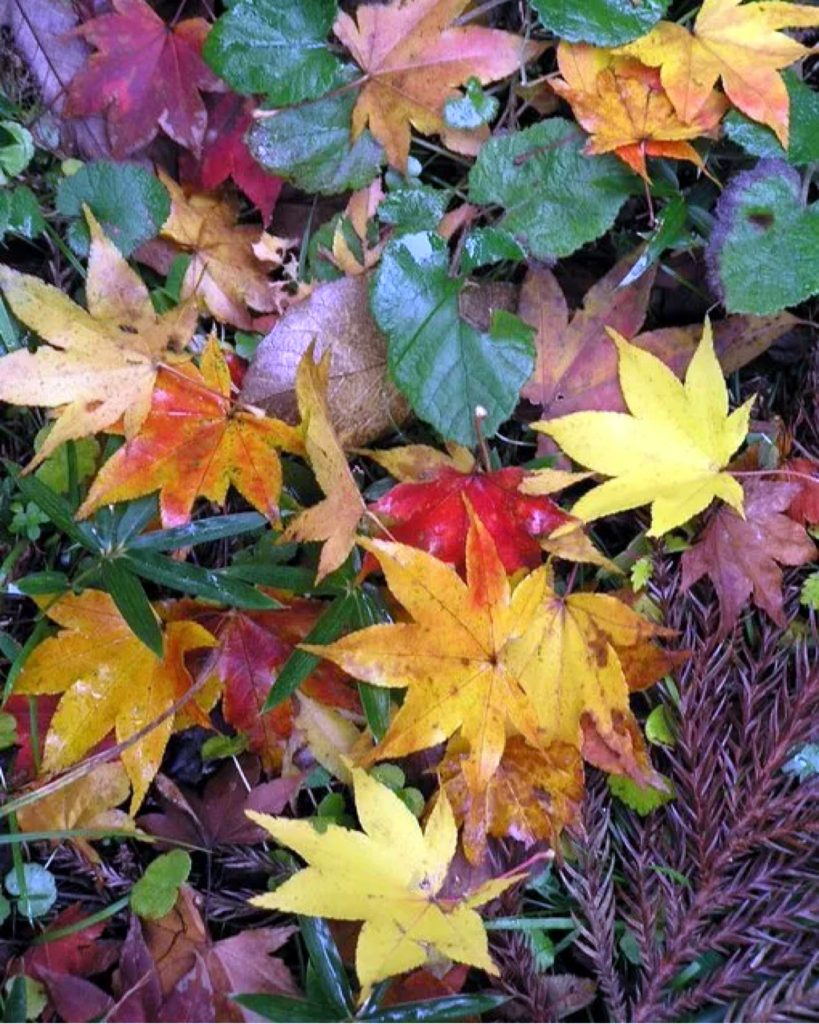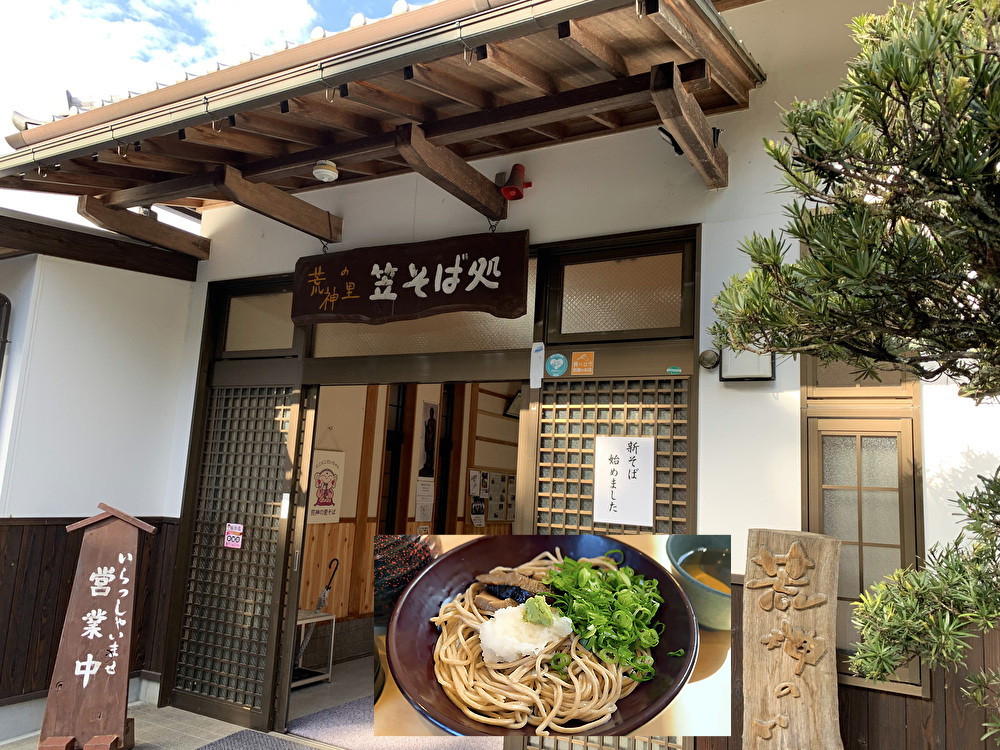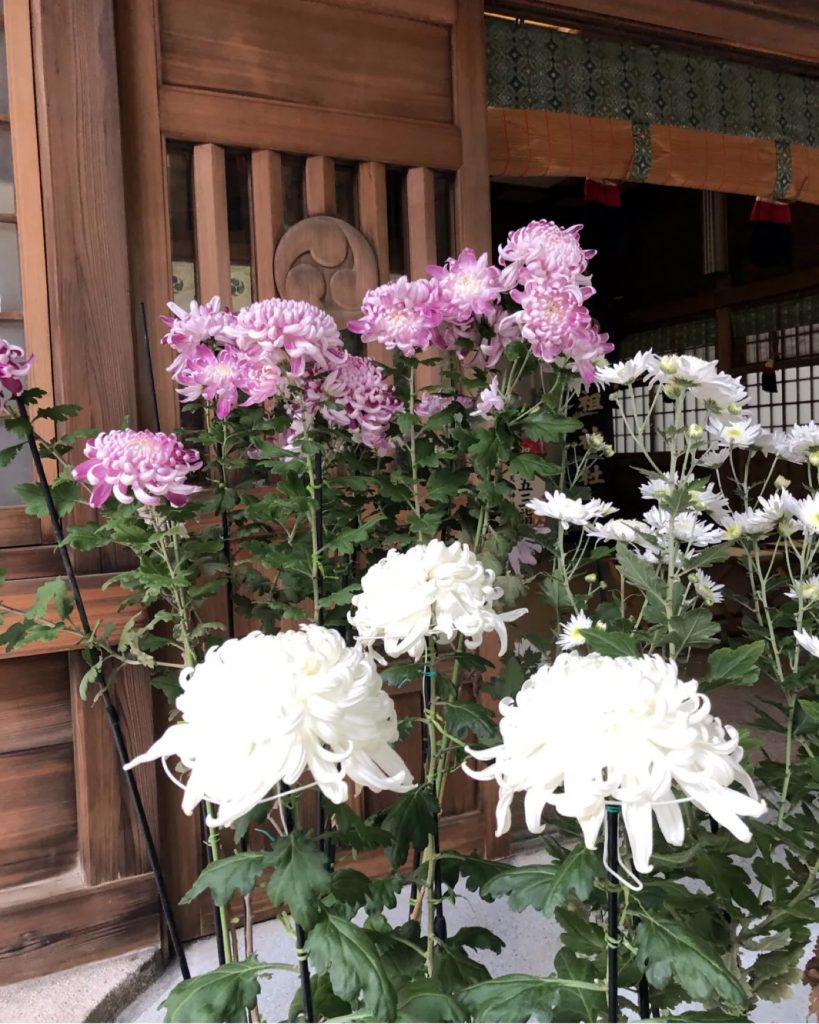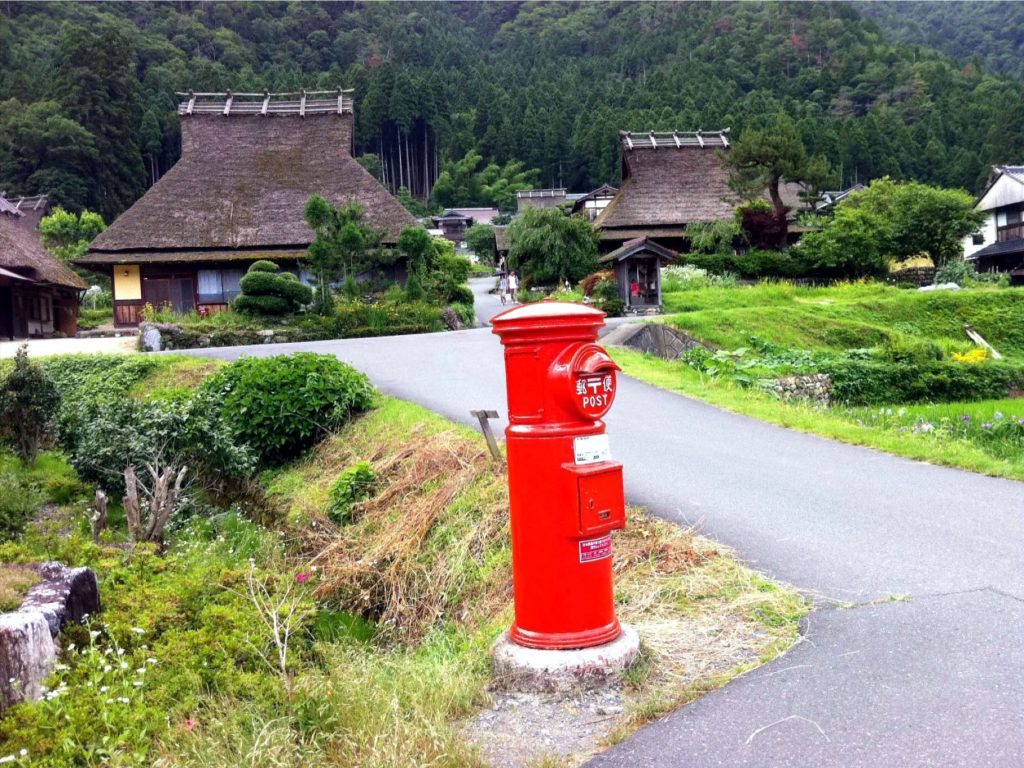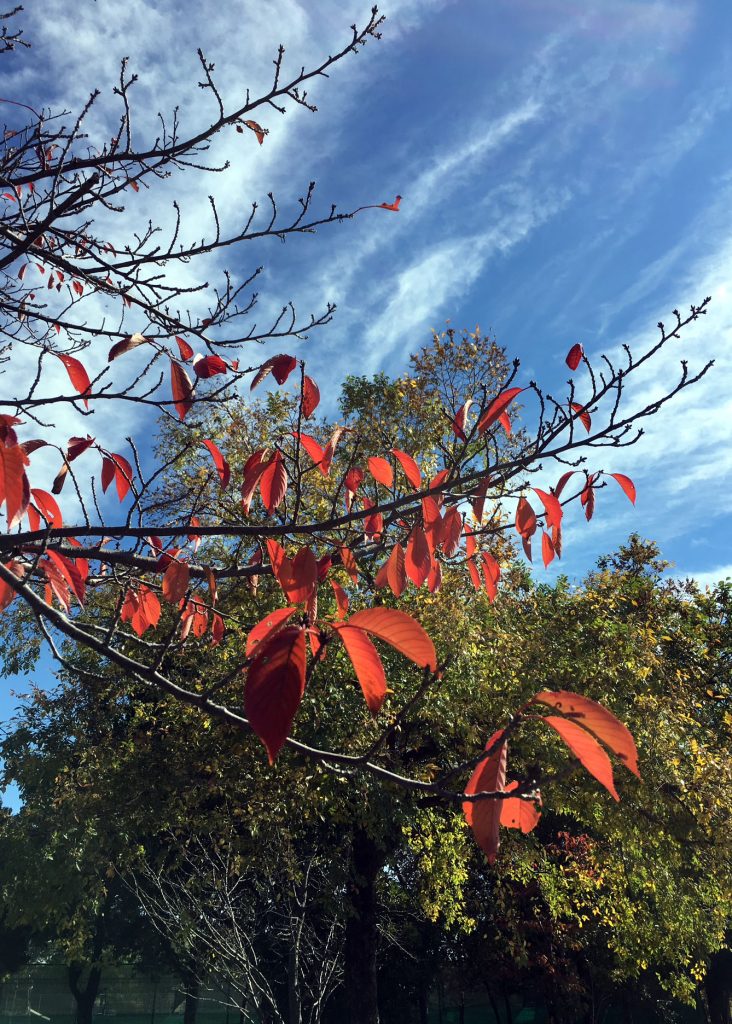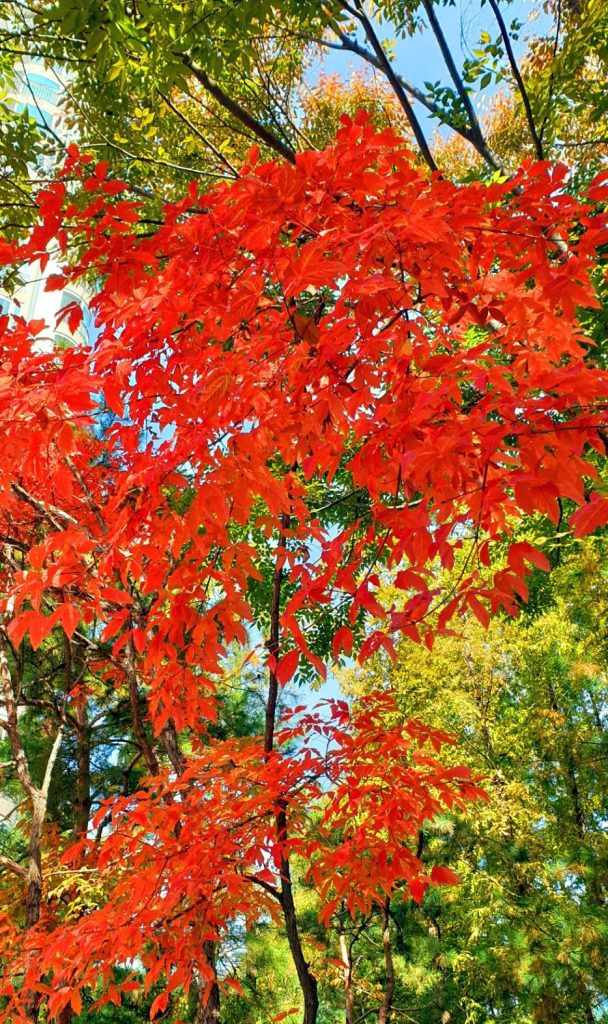
The autumn leaves in Kyoto, which were delayed compared to usual this year, reached a level of cold on the 18th similar to mid-December, finally approaching the ‘best viewing’ period. Last month, the number of foreign visitors to Japan exceeded 2.51 million, surpassing the same month in 2019 before the COVID-19 pandemic. Kyoto during the autumn foliage season is crowded everywhere, and the average hotel accommodation price in Kyoto has risen to over 73,000 yen for a room for two people. Compared to before the pandemic, it has increased 1.9 times. In addition to the inherently ‘high cost’ of Kyoto, the ‘labor shortage’ also undoubtedly affects accommodation prices. While the accommodation fees for staying in Kyoto may be perceived as high for Japanese tourists, for foreigners, especially with the current strength of the yen, the prices do not seem excessively high.
One tourist from Australia commented, ‘We don’t have autumn leaves in Australia, so I never get to see the leaves turning red or orange. It’s really nice. I mainly stay in three-star hotels in Japan, so it’s very comfortable, clean, has everything I need, and is reasonably priced.’ They expressed satisfaction.
今年は例年よりも遅れていた京都の紅葉が、18日は12月中旬並みの寒さとなり、ようやく“見頃”になりつつあります。先月、日本を訪れた外国人は251万人を超え、コロナ禍前の2019年の同じ月を上回ったそうです。紅葉シーズンの京都は至る所で大混雑していて、京都市のホテルの平均宿泊価格は1室2人で7万3000円以上。コロナ禍前と比べ、1.9倍に跳ね上がっているといいます。そもそも“物価高”であることに加え、“人手不足”も宿泊料金に影響していることは否めません。京都を訪れる日本人の観光客には高いと感じられる京都の宿の宿泊料金ですが、外国人にとっては、折からの円高もあって、決して高い料金ではないようです。
オーストラリアから来た観光客のひとりは、「オ―ストラリアには紅葉はないので、木の葉が赤やオレンジに変わるのを見ることはないです。とてもナイスです。日本では主に三つ星ホテルに泊まっているので、とても快適で、清潔で、必要なものはすべてそろっていて、お手頃な価格です」と満足げに語っています。


